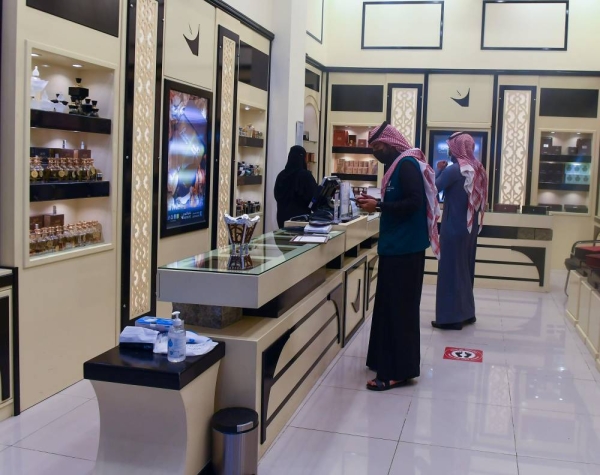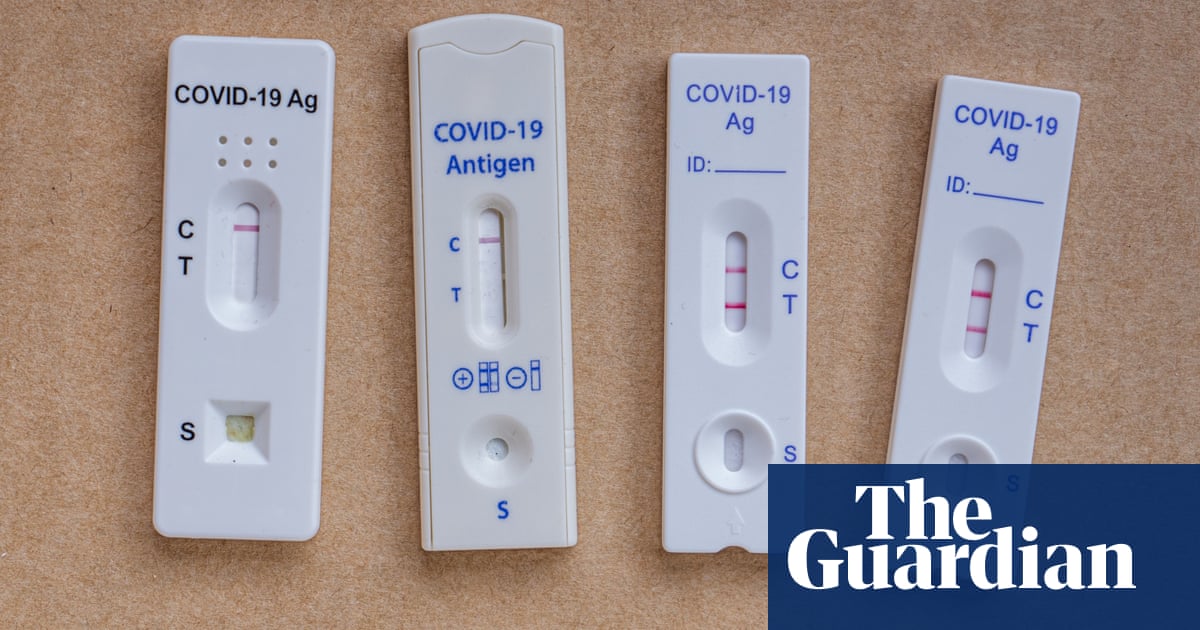
South Korea has again recorded the world"s lowest fertility rate with the number sinking to a new low.
The rate in the country first dropped lower than one child per woman in 2018.
But on Wednesday, figures released by the government showed the figure had dropped to 0.81 — down three points from the previous year, and a sixth consecutive decline.
In comparison, the average rate across the world"s most advanced economies is 1.6 children.
Countries need at least two children per couple — a 2.1 rate — to keep their population at the same size, without migration.
Fertility rates have "declined markedly" in the past six decades says the Organization for Economic Co-operation and Development (OECD).
But the trend has been particularly pronounced in South Korea, where family sizes have reduced in the span of a few generations. At the start of the 1970s women had four children on average.
A declining population can put a country under immense strain. Apart from increased pressure on public spending as demand for healthcare systems and pensions rise, a declining youth population also leads to labor shortages that impact the economy.
In 2020 there was widespread alarm in South Korea when it recorded more deaths than births for the first time.
In recent years, economic pressures and career factors have been key considerations for people deciding on children, experts say.
For the 2021 figures, experts cited higher living costs, a spike in house prices and the impact of the Covid pandemic as factors discouraging them from having children. — BBC












